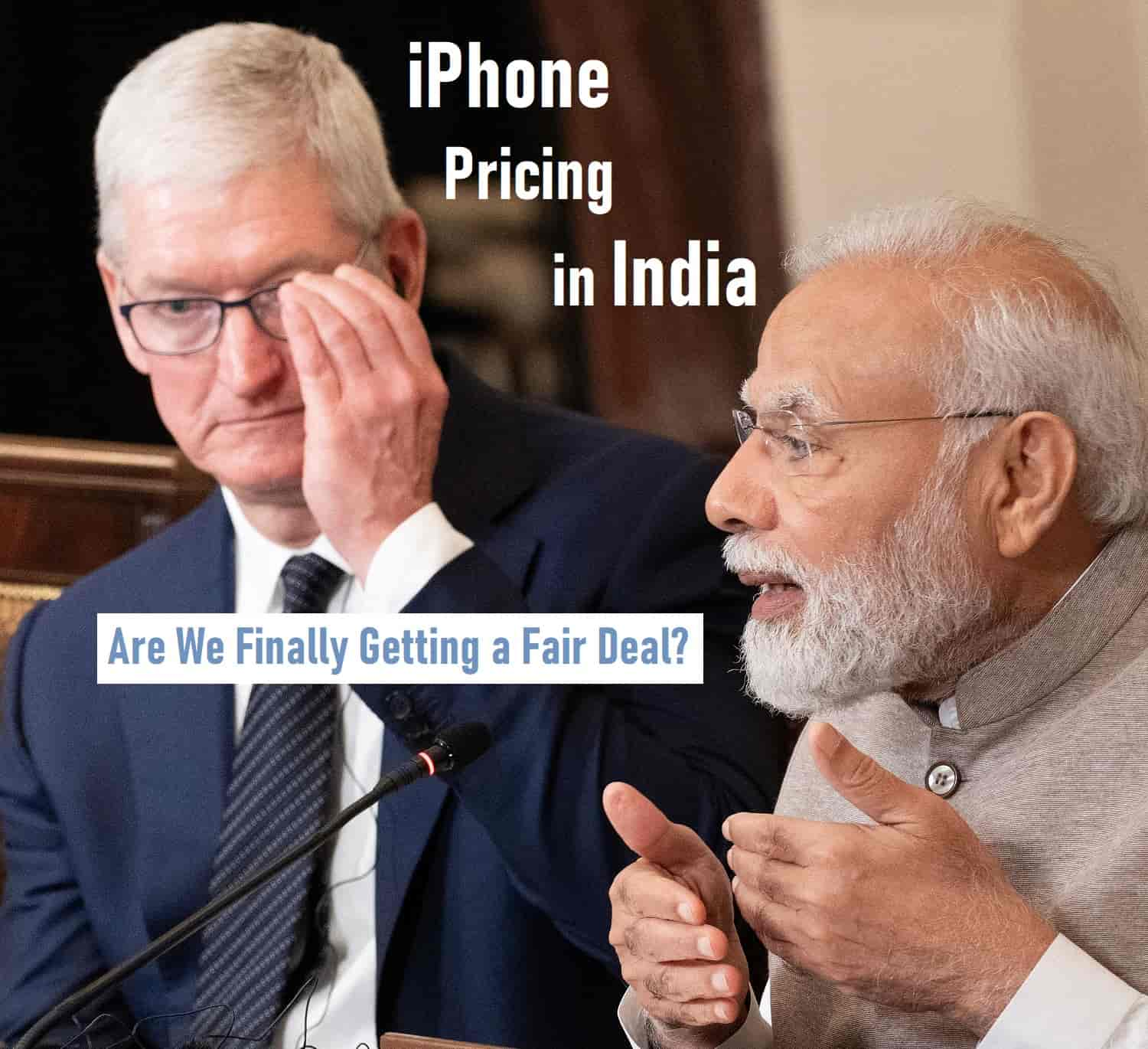When it comes to iPhones, the pricing has been a subject of debate for years, especially in India. Many have argued that Apple was ‘looting’ Indian consumers by charging significantly higher prices for iPhones compared to their prices in the USA. However, recent developments have shed light on the complex pricing structure, including the impact of taxes, import duties, and manufacturing location. In this article, we’ll dissect the iPhone pricing in India, comparing it to the USA, and explore the factors contributing to the final price tag.
Base Models Assembled in India
To kick things off, let’s clarify that we’re talking about the base iPhone models, which are assembled in India. The Pro models, on the other hand, are still imported from China and attract import duties, making them pricier options for Indian consumers. So, what’s the story behind the iPhone 15’s price in India?
The base model of the iPhone 15 with 128GB of storage is priced at USD 799 in the USA. However, the situation is not as straightforward as it might seem, thanks to taxes and currency exchange rates.
Here’s a quick comparison:
- iPhone 15 (128GB) in the USA: USD 799
- iPhone 15 (128GB) in India: INR 79,900 (including 18% GST)
At today’s exchange rate of 83, USD 799 translates to INR 66,317. If we add 18% GST to this amount, it becomes INR 78,254. That’s not far from the official Indian retail price of Rs. 79,900.
The Role of Taxes
One of the crucial factors influencing the iPhone’s price in India is taxation. While the iPhone’s base price in the USA doesn’t include state-wise sales tax, the Indian price is inclusive of an 18% GST. This GST significantly impacts the final price that Indian consumers pay.
In a nutshell, the actual price of the iPhone 15 in India, before tax, is approximately INR 67,711. This figure is remarkably close to the USA’s base price, dispelling the notion that Apple is ‘looting’ Indian consumers.
The GST Set-Off Advantage
For individuals or businesses that can avail of the GST set-off, buying an iPhone in India becomes an even more attractive option. It eliminates the need to seek discounts abroad or import iPhones to save on taxes.
Let’s delve into the specifics of the GST set-off: When a business registers under the GST scheme, it can claim input tax credit for the GST it pays on its purchases. This essentially reduces the effective tax paid, making the iPhone purchase more economical for registered businesses.
Comparing with the USA
To make a fair comparison between the iPhone’s prices in India and the USA, we must consider various factors, including purchasing power parity (PPP) and median household income.
- In the USA, the median household salary is approximately $54,000 per year, which translates to about $1,000 per week. The base iPhone 15 costs $799 before taxes. In a week, the average American makes more than enough to afford the iPhone.
- In contrast, in India, a household earning INR 79,000 (equivalent to the iPhone’s price) in a month or even a few months is considered a decent income. The difference in purchasing power between the two countries becomes apparent.
The Impact of Taxes on Luxury Items
A pertinent question arises: Why does the iPhone, considered a luxury item by many, have an 18% GST rate, which is equivalent to the GST rates on products like soaps, toothpaste, and soup?
The classification of luxury items and their associated tax rates can be a matter of contention. While some may argue for a higher tax rate on luxury items, it’s crucial to consider how such taxation impacts consumer behavior and the accessibility of these products.
Why Some Still Opt to Buy Abroad
Despite the progress in local assembly and the reduction in price disparities, some Indian consumers continue to look abroad for iPhone purchases. One primary reason for this is the perception that the government imposes high taxes on imported goods, making them significantly more expensive in India. Buying an iPhone from locations like Dubai, for example, can provide not only the smartphone but also an international trip at a comparable cost.
Are Non-Pro Models Worth It?
The iPhone lineup consists of both non-Pro and Pro models, with the latter usually commanding higher prices. However, with the latest iPhone 15 series, the non-Pro models have seen significant improvements, narrowing the gap between the two categories.
Some users argue that Apple intentionally limits certain features to push consumers towards the more expensive Pro models. For instance, non-Pro models historically had slower refresh rates and lacked features like the always-on display. Still, with the iPhone 15, Apple has introduced changes to make the non-Pro models more appealing. They now feature a 60Hz display, faster charging with USB 2.0, and improved battery life.
The International Perspective
Comparing the iPhone’s prices worldwide reveals a dynamic landscape. In the USA, taxes vary by state, city, and other factors. While some states impose a maximum of 10% sales tax, others have lower rates. Moreover, the USA often offers steep discounts and deals on various products, including smartphones, providing consumers with opportunities to save.
The Pro Models and Their Pricing
While we’ve primarily focused on the non-Pro models, it’s essential to touch on the Pro series. The Pro models are generally more expensive due to import duties, as they are not assembled in India. For those who prioritize features like the ProMotion display, always-on display, and advanced camera capabilities, the Pro models remain attractive despite the higher price tag.
A Long Road Ahead
In conclusion, the iPhone pricing in India has indeed seen improvements, with local assembly helping narrow the price gap between India and the USA. However, taxation remains a significant contributor to the iPhone’s price in India. The notion of Apple ‘looting’ Indian consumers should be directed more towards the tax structure than the company itself.
While the iPhone’s price in India may appear similar to its US counterpart on paper, the real difference lies in the purchasing power of consumers. Ultimately, the decision to buy an iPhone depends on individual preferences, budgets, and the value one places on the Apple ecosystem.
As India continues to strive for self-sufficiency in smartphone manufacturing and component production, we may see further reductions in iPhone prices. Until then, the debate around iPhone pricing in India will persist, with consumers weighing the benefits of local assembly against the allure of international discounts.













